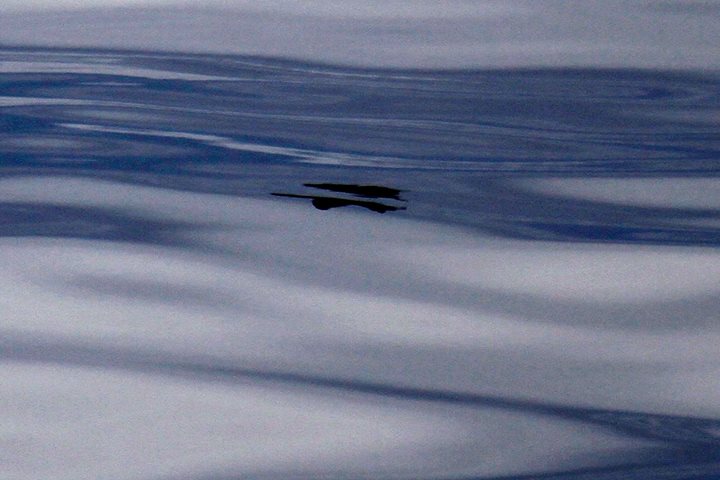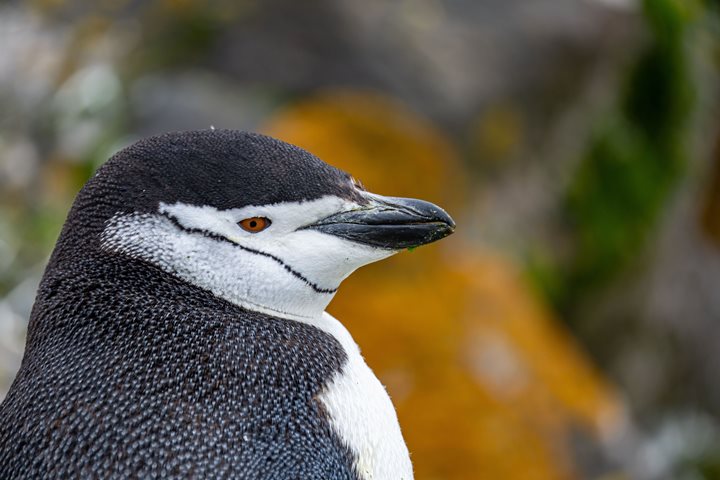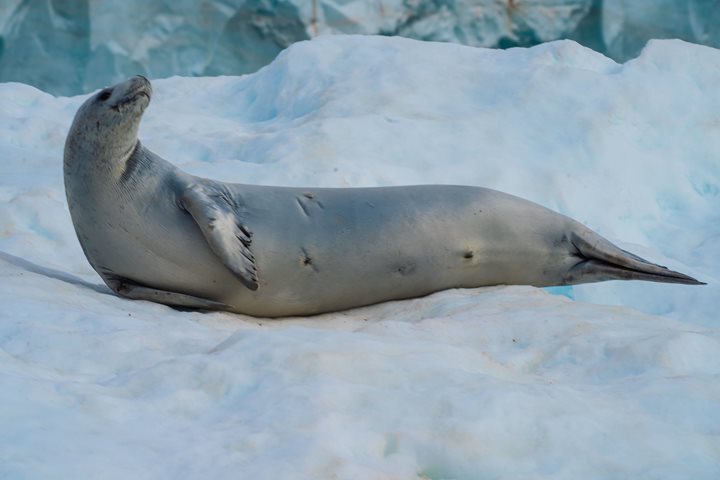This morning National Geographic Explorer furrowed the gun-metal grey waters of the Southern ocean as we headed for Elephant Island, a remote rocky bastion lying in the infamous Drake Passage. A member of the South Shetland Islands, it played a pivotal role in the survival, and eventual rescue, of the crew of the Endurance. The ship was commanded by Sir Earnest Shackleton on the Imperial Trans-Antarctic Expedition of 1914-16. The brainchild of this charismatic and audacious Irish explorer, the expedition planned to traverse the Antarctic Continent, a distance of 1,800 miles, and map a great swath of uncharted land. The ship departed England only days after Britain had declared war on Germany and headed south. However Shackleton’s ambition was thwarted after the ship became trapped in ice in January 1915 in the Weddell Sea and eventually sank 10 months later, stranding all 28 crew thousands of miles from help.
They lived on the moving ice floes for the following five months being carried further north. In mid–April the marooned survivors spotted the snowy peaks of Elephant Island and made a dash in their three lifeboats to its inhospitable shores. This was the first time in 18 months that the men had stood on solid ground. The island was discovered in 1819 when a whaler was blown far off course and derives its name from the colony of elephant seals which haul out there. Lying far off the main shipping routes and with no real prospect of aid, Shackelton picked five men and sailed 800 miles in a 22-foot-long lifeboat to South Georgia. Having been forced to land on the opposite end of the island Shackelton and two companions had then to trek some 40 miles to the Norwegian whaling station at Stromness Bay where they raised the alarm. It was a further four months before they could manage to battle through sea ice and rescue the remaining 22 men living in the upturned lifeboats on Elephant Island.
Around mid-day a bank of fog cleared to reveal the ice and snow blanketed peaks of Elephant Island and Point Wild, the narrow spit of shore that was home to the Endurance crew’s encampment. We spent the afternoon exploring the rocky bays and inlets by Zodiac. There is a large colony of chinstrap penguins here and thousands of birds blanketed the guano-streaked rocks. Countless numbers were porpoising through the water and on occasion seemed to surround us. Antarctic and Wilson storm petrels skimmed above the surface. A leopard seal was spotted patrolling along the shore. In addition a number of Antarctic fur seals made an appearance. In 1819 large colonies of this seal were discovered in the South Shetland Islands and in the following years were hunted intensively.
The coastline here consists of narrow headlands that demarcate individual shallow bays. These latter are backed by deeply fractured valley glaciers many hundreds of feet in height. These are streaked blue along the edges of the numerous crevasses. A deep, thunderous roll announced the collapse of a section of one of the glaciers.
After we had hauled anchor and were leaving Point Wild in our wake, a large pod of fin whales surfaced close to the ship. We were treated to fantastic views of these sizeable cetaceans who gained the nickname the “greyhound of the oceans” because of the speed with which they can move through the water.
In the late afternoon the MIT guest speaker Susan Solomon delivered an engaging presentation on the ozone hole above Antarctica and the way a combined international effort has constructively addressed this issue.







